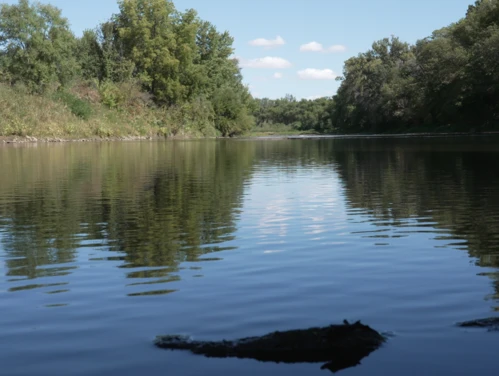DES MOINES – Iowa saw gradually degrading conditions through September, according to the latest Water Summary Update.
Iowa's nine-week drought-free streak came to an end with the release of the latest U.S. Drought map for early October. Although the state avoided drought throughout September, reduced rainfall in August and September finally took a toll. Drought has returned to eastern Iowa this week, accompanied by the expansion of dry conditions across the northwestern, southern, and eastern parts of the state.
At the end of September, Iowa’s statewide precipitation totaled 1.70 inches, or 1.78 inches below normal. Some reporting stations showed deficits of two inches or more for the month. Statewide temperatures averaged 67.1 degrees, or 3.4 degrees above normal, with the warmest conditions found in areas of central and northwest Iowa.
According to Iowa’s Drought Plan, conditions degraded across most of the state except in north central Iowa, where conditions remained stable. All drought regions carry a normal drought designation based on September's data. According to the current U.S. Drought Monitor (USDM), half of Iowa is experiencing abnormally dry conditions, with a small area of eastern Iowa carrying a moderate drought designation.
The National Weather Service’s Climate Prediction Center’s October outlook indicates an equal chance for above, below, or near-average precipitation and warmer temperatures across the entire state. Warmer air holds more moisture and could increase concerns for drought returning, especially in southeastern Iowa, if the state experiences below-normal rainfall during October.
“Dry conditions have returned to half of the state, and the drought-free streak broke in early October as we head into the typically drier seasons. While there are no drought watch designations in effect currently, the latest seasonal outlooks indicate the potential for drought development in southeastern Iowa this fall,” said Jessica Reese McIntyre, DNR Environmental Specialist.
For a thorough review of Iowa’s water resource trends, visit
www.iowadnr.gov/watersummaryupdate.
The report is prepared by technical staff from Iowa DNR, the Iowa Department of Agriculture and Land Stewardship, IIHR—Hydroscience and Engineering, and the U.S. Geological Survey, in collaboration with Iowa Homeland Security and Emergency Management Department.
